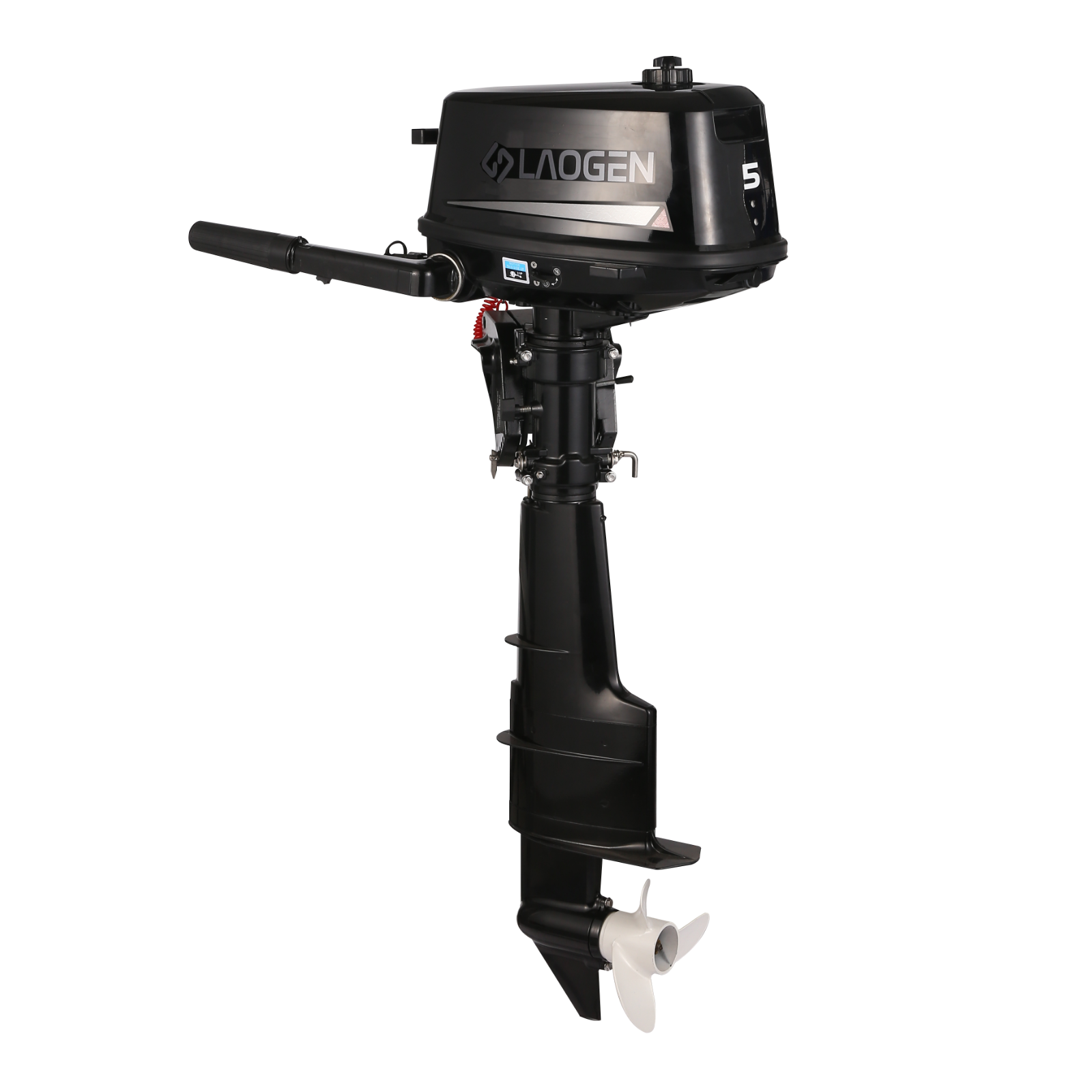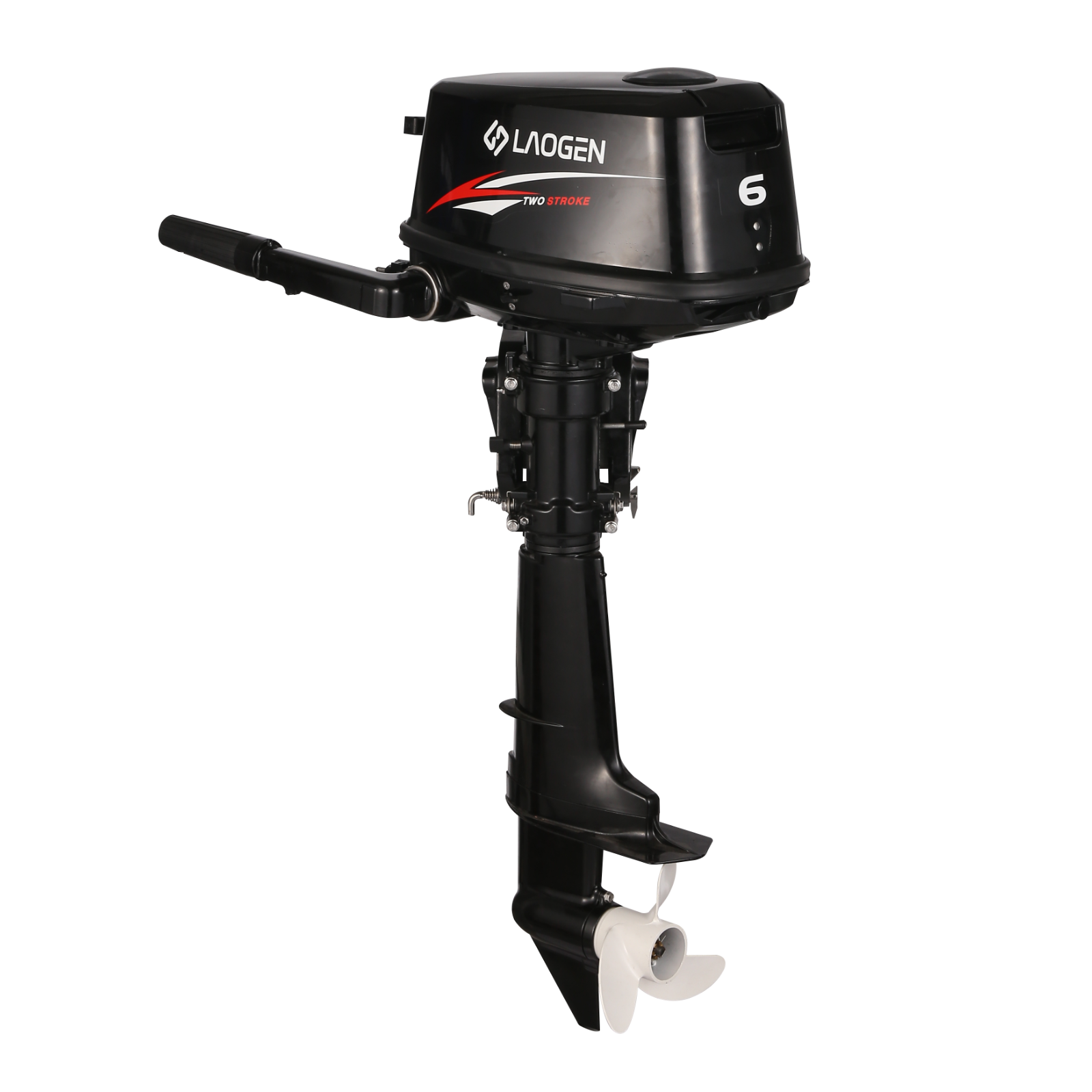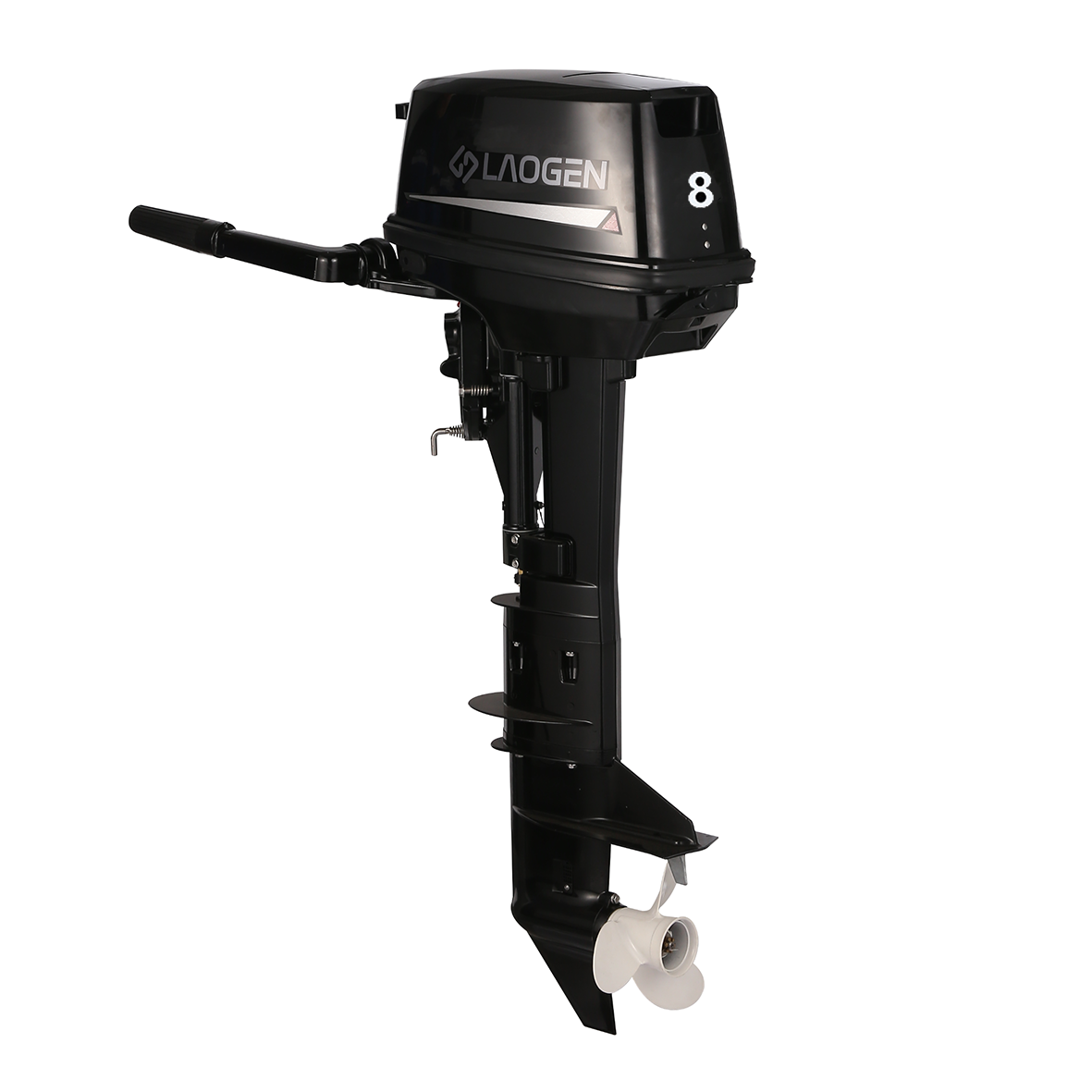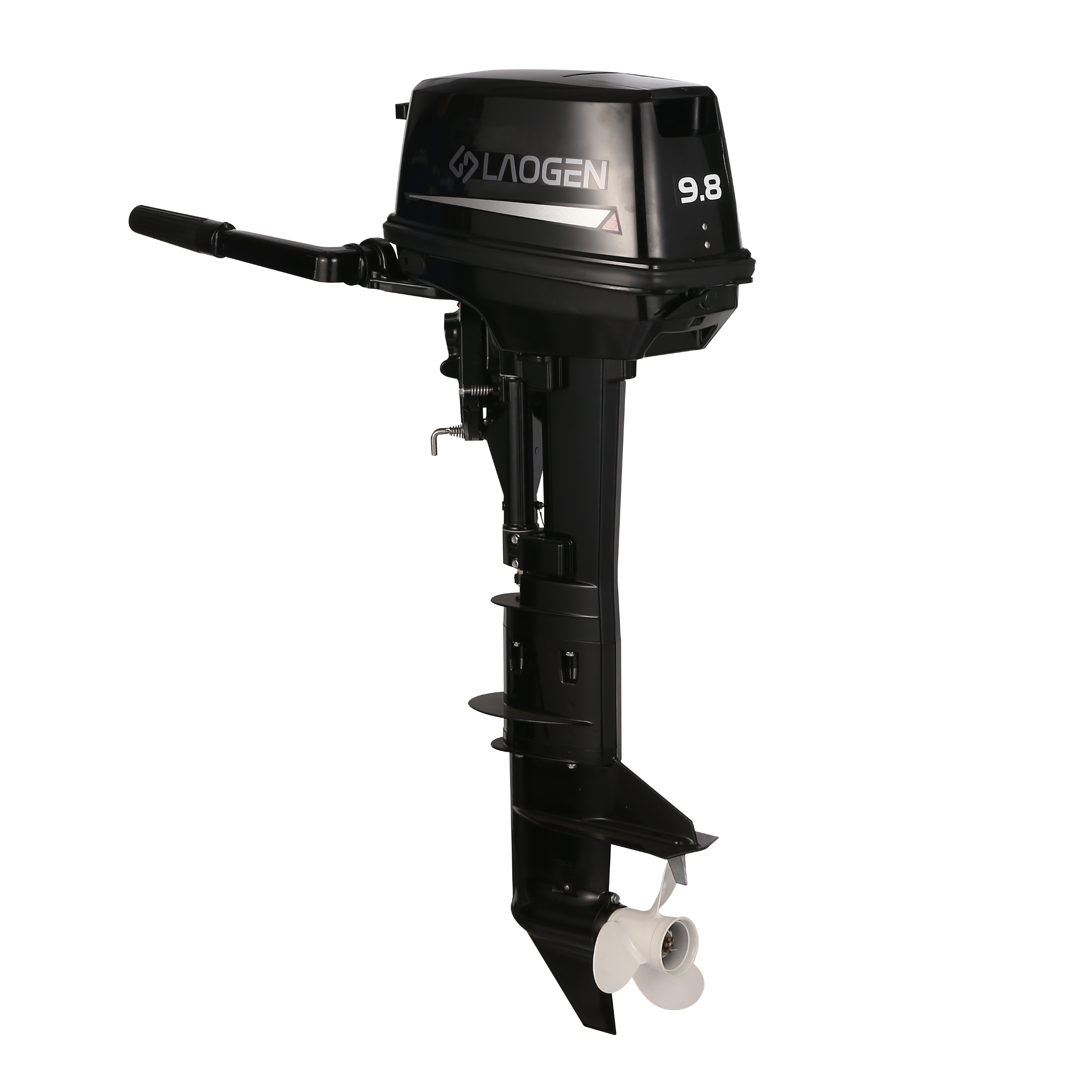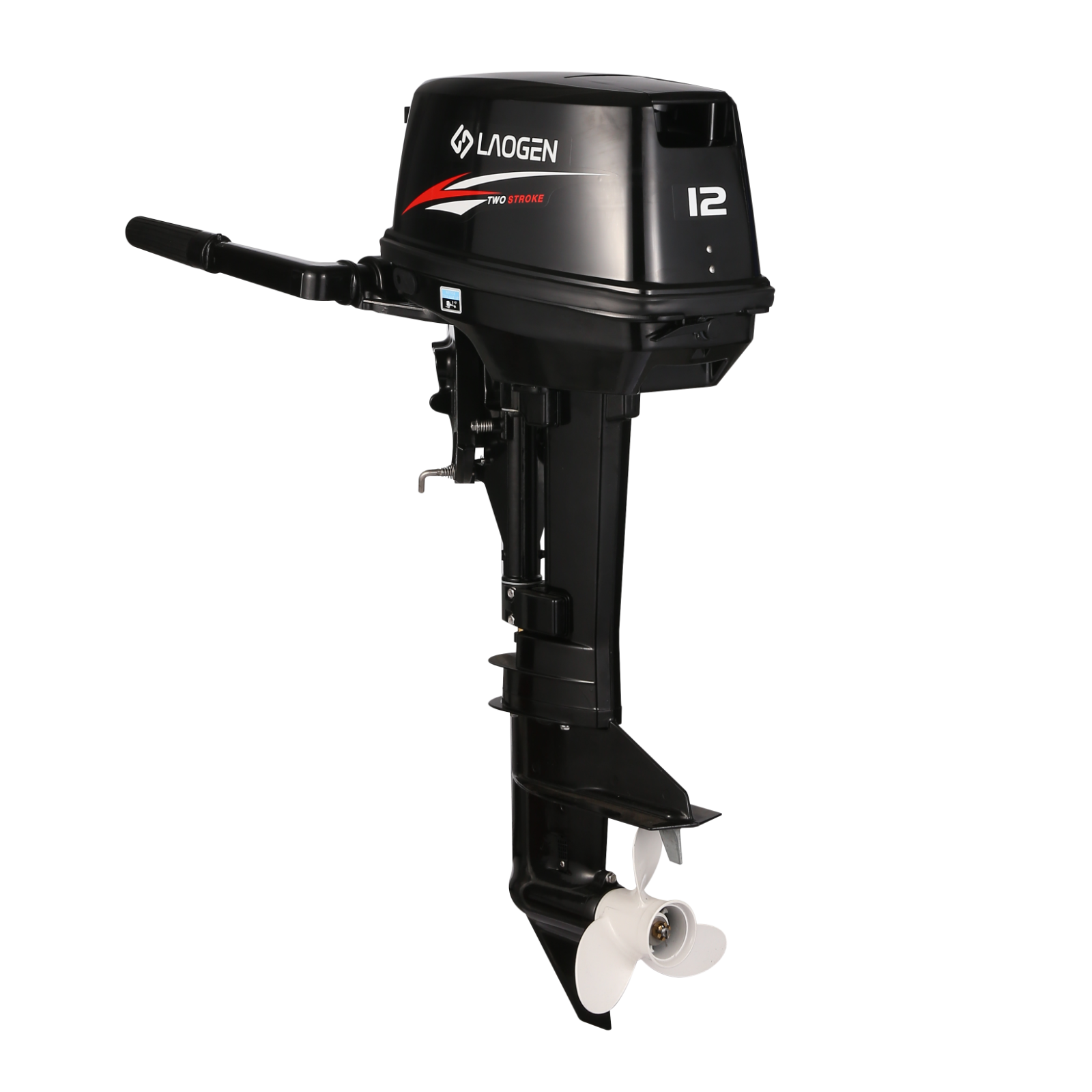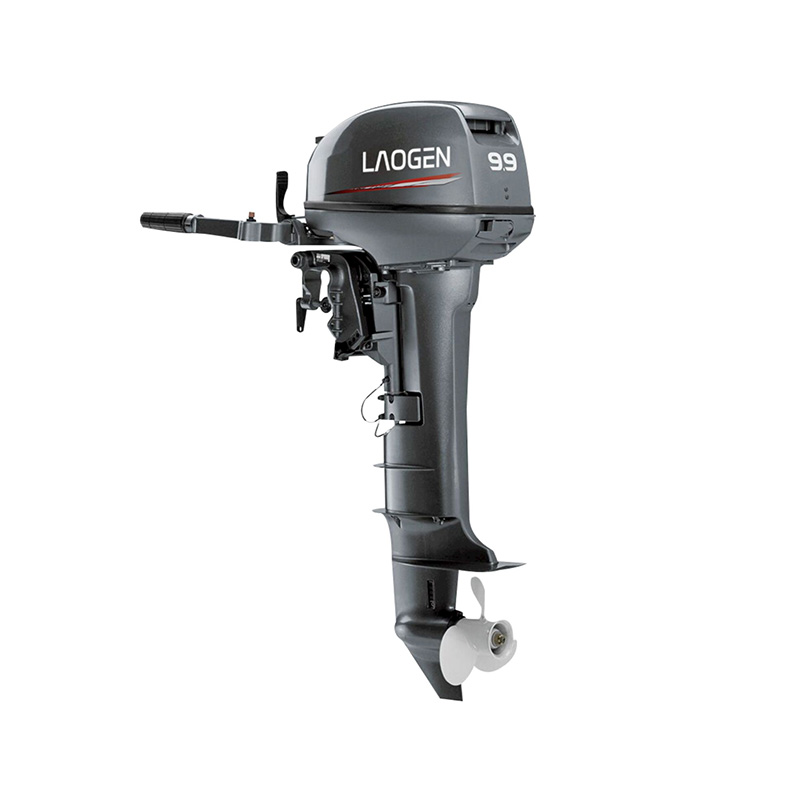Emerging Trends In 2 Stroke Outboard Motor Technology For 2025
As the marine industry steadily evolves, 2025 is expected to bring a new wave of developments in 2 stroke outboard motor technology. These engines, known for their lightweight design and efficient power delivery, are finding renewed interest among recreational boaters, anglers, and marine professionals. The push for better fuel efficiency and cleaner emissions is reshaping the way manufacturers approach the Outboard Motor 2 Stroke segment.
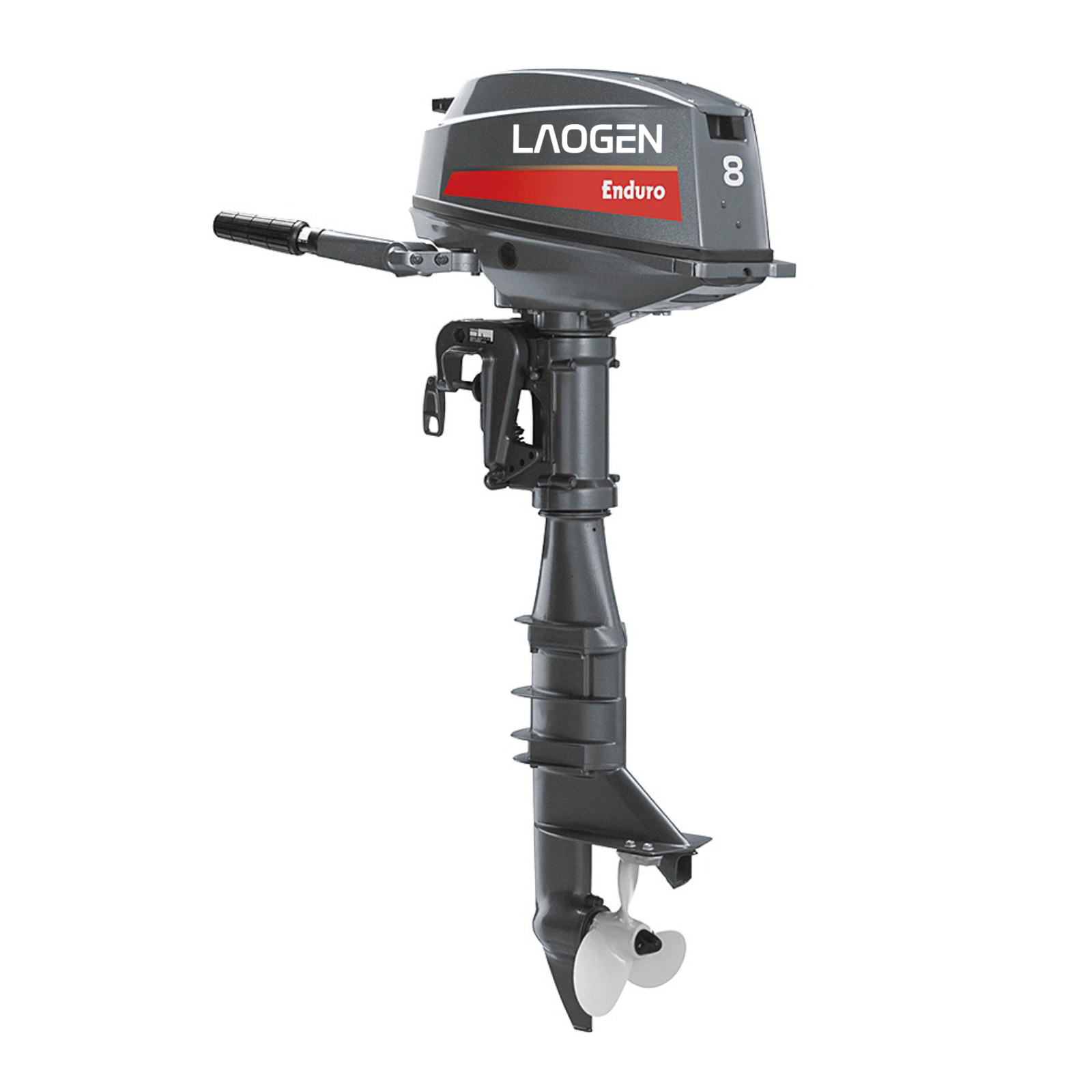
Traditionally, the 2 stroke outboard motor was favored for its simplicity and ease of maintenance. However, concerns over emissions and fuel consumption led to stricter regulations, especially in North America and Europe. In response, the technology behind these motors has been undergoing a quiet transformation. Advancements in electronic fuel injection and oil delivery systems have helped the Outboard Motor 2 Stroke stay relevant in an increasingly eco-conscious market.
In 2025, a key trend is the integration of digital controls into 2 stroke outboard motor systems. These controls allow for smoother throttle response, improved starting reliability, and more accurate fuel-air mixing. Boaters are beginning to appreciate how such improvements can make a noticeable difference in performance, especially under varying load and weather conditions. Moreover, the use of lighter materials and modular components has resulted in more compact units that are easier to install and transport. This is particularly valuable for small craft and portable boating setups where weight matters.
Another emerging trend is the adaptation of Outboard Motor 2 Stroke designs for hybrid and alternative fuel compatibility. While four-stroke engines have typically been the focus of hybrid developments, engineers are beginning to explore how 2 stroke outboard motor configurations can also contribute to sustainability goals. Innovations in direct injection systems are at the forefront, helping reduce unburned fuel emissions without compromising output. These changes are gradually shifting perceptions of what Outboard Motor 2 Stroke engines can achieve in today’s marine landscape.
Noise reduction is also gaining attention. Although 2 stroke outboard motor designs are generally louder than their four-stroke counterparts, new muffler designs and vibration dampening materials are being tested to improve the boating experience. For users operating in noise-sensitive areas, such refinements are becoming increasingly relevant. In addition, software-based diagnostics and onboard monitoring are starting to appear in higher-end models, allowing boaters to anticipate and address maintenance issues before they become serious problems.
Affordability remains one of the strong points of Outboard Motor 2 Stroke models, especially in markets where budget constraints are more significant. By adopting newer technologies in a phased manner, manufacturers aim to offer enhanced functionality without drastically increasing costs. This balance is important in ensuring that these engines remain accessible to a wide range of users.
The outlook for the 2 stroke outboard motor sector in 2025 reflects a combination of tradition and innovation. While these engines maintain many of the core traits that have made them popular for decades, they are also adapting to meet modern expectations. Through targeted updates and thoughtful engineering, the Outboard Motor 2 Stroke is carving out a space for itself in a competitive and environmentally aware marketplace.
As the boating community looks toward the future, the evolving nature of the 2 stroke outboard motor shows how older technologies can still find relevance when thoughtfully updated. With performance improvements, regulatory alignment, and new user expectations shaping their path forward, these engines are set to remain a fixture in the water for years to come.


 English
English русский
русский


